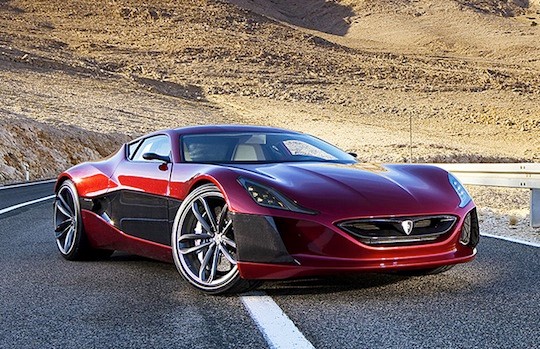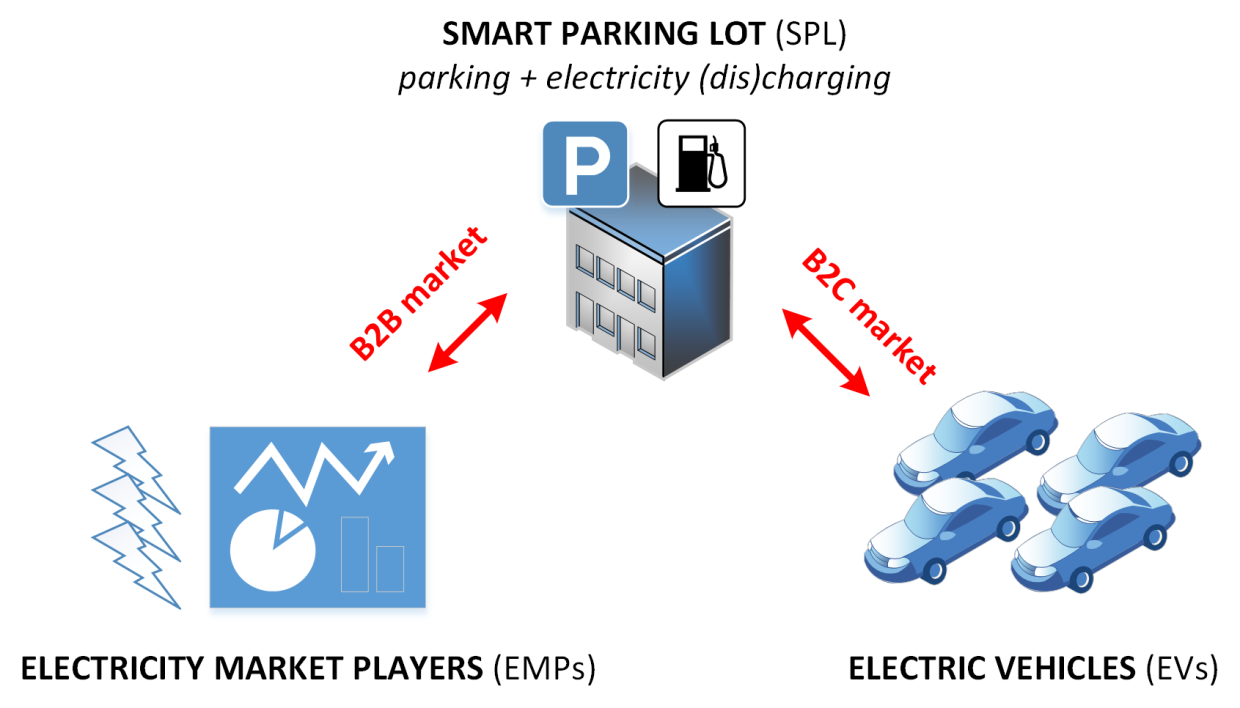Innovative Application of Electric Vehicles in Sustainable Energy Systems of the Future
Vedran Podobnik, Ignac Lovrek, Jurica Babic
Description
Keywords: Electric Vehicles; Sustainability; Innovation; Energy systems
H2020 challenge: Secure, clean and efficient energy
Knowledge and skills (P: prerequisite; D: desirable, but not necessary): to be familiar with newest trends in ICT (P); to have interest in Electric Vehicles (D); to care about sustainability (D); to be curious and prolific Internet researcher (D); to be familiar with Energy Systems (D)
Nowadays, a term sustainable development is most often associated with a term environmental sustainability, whose goal is to conserve natural resources and to develop alternate sources of electricity while reducing pollution and harm to the environment [1]. In that respect, the undisputed truth is that changes are needed in the way people produce and consume energy. The lucrative amount of money EU offers through the HORIZON 2020 framework [3], as well as the latest Paris agreement on a climate change [2], communicates a clear strategic vision on what to accomplish but it provides no clues on how to do so.
An electric vehicle (EV) is a prime example of energy efficient and low carbon technology [4, 5, 6, 7]. Not only does an EV drive more smoothly and more economically than its internal combustion engine counterpart, but it also has a dedicated battery which can store electricity. In theory, this can be really exciting because the EV battery provides means to use EVs not only for traveling but also for storing the excess electricity, which typically happens when the wind turbine produces more electricity than users (e.g., industry and residential) currently need.
It seems an EV is a clear winner in all areas. In current practice, however, this may not be the case. Without serious incentives, economical benefits of EVs are still doubtful. Even though EVs have so-called zero tailpipe emissions, the electricity still largely comes from fossil fuels. Potential applications of EVs as energy storage are yet to be explored due to its costly battery and the overall lack of charging infrastructure. Thus, energy systems of the future need a lot of ICT-based innovation to tackle challenges imposed by EVs.
Five INNOSOC students, supervised by two INNOSOC lecturers, will collaborate on answering how innovative coupling of ICT and EVs can contribute to building sustainable energy systems of the future. These activities will be conducted as a part of the ERASMUS+ blended mobility and will be finalized during INNOSOC Zagreb 2016 workshop in late April 2016.
EVs are strongly tied to the specific objectives and research areas from the HORIZON 2020. In particular, EVs are highly efficient machines which reduce energy consumption and carbon footprint. Being mobile energy sources, EVs, along with appropriate policies and incentives, promote the inclusion of a low-cost, low-carbon electricity supply. Energy entrepreneurs interested in EV business (e.g., charging facilities) will need robust decision-making (e.g., pricing policies) as well as public engagement (e.g., EV owner charging flexibility) in order to achieve a market uptake. That being said, new knowledge and technologies are needed in the area of EVs to tackle wicked problems [8] in the energy systems of the future.
The Case Study eagerly awaits for participants from different countries and cultures. The intercultural communication is needed to discuss what people from different areas think and do about changing energy landscape. A bad reputation for nuclear power in Germany, lucrative incentives for buying an EV in Norway [10] and protests for coal-based power plant in Croatia are only few examples suggesting we are in the process of emotionalization of energy.
Finally, today’s EVs are highly sophisticated machines. It is expected that, in the near future, billions of machines will be connected by the means of ICT, EVs included. In contrast to the traditional energy systems, the energy system of the future will require two-way flows of power and communication between producers and consumers. Smart in-vehicle applications, interaction with a charging infrastructure and many other innovative applications are just small examples which prove that an ICT aspect is a cornerstone for EV applications.
Questions that need answers
- Vehicle taxonomy: what types of vehicles are there (e.g., EV, BEV, ICV, FCV, PHEV, …)? Outline pros and cons (e.g., energy efficiency) for each of them.
- How do EVs affect three pillars of sustainable development: economy, environment and social community?
- What is the state of the global EV market (w.r.t., sales, battery costs, incentives, popular cars, …)?
- How does an EV owner use its car (w.r.t., demand (charging), typical traveling patterns, …)?
- What is the state of the EV charging infrastructure (w.r.t., types of chargers, number of chargers in popular countries, …)?
- What is the role of ICT in EVs (e.g., in-car applications, communication with charging infrastructure, …)?
- What my country and culture think and do about changing energy landscape (e.g., incentives for EVs and renewables, what kind of power plants are being used in my country, …)?
- How can we innovate with EVs (e.g., integration with renewables as energy storage system, smart parking lot [7], vehicle-to-home, vehicle-to-grid, electric charging lanes, …)?
Case study supervisors

Vedran Podobnik
Project Coordinator, Steering Committee Member, UNIZG-FER Team Leader, Lecturer

Ignac Lovrek
Steering Committee Member, Lecturer

Jurica Babic
TEAMSOC Project Coordinator, Web & Social Media Coordinator
Case study students

Klara Grčić
INNOSOC 2016 Student

Mercedes Garcia Riego
INNOSOC 2016 Student

Máté Módos
INNOSOC 2016 & 2017 Student

Catalin Blaga
INNOSOC 2016 Student











